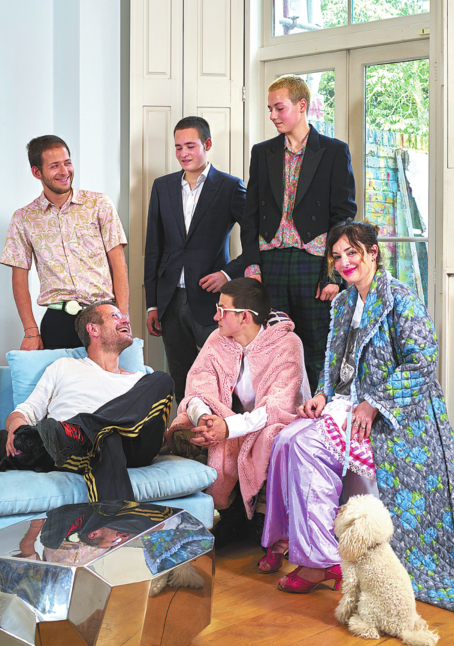 |
|
A Schachter family photo. [Photo by Leon Chew/provided to China Daily] |
The exhibition was to provide a sample of how a family collection could be built and expanded and gradually become the heart of a family's culture and legacy.
Schatchter says he tries to buy works every few weeks or so, at least every month, although he says he has not calculated how many works there are in his family collection for a long time.
"Sure, I have inventories of my possessions, although even that is not complete. I can still tally up the beads of the abacus by looking at how much my storage has expanded versus the previous years."
For him collecting is not only a "materialistic compulsion" but also "a way to engage with the aesthetics of culture and partake in the creative society" of the time, he says.
His collection will be a legacy for his family, "not for any type of private museum or preservation of my participation in the art world and market, but it constitutes the majority of their inheritance from me".
Schatchter compares his family life to "a built-in studio critique session in an art university". Members argue about everything, he says, but when it comes to art, they mostly come to the same conclusion.
"We criticize, question, debate, discuss all, and from time to time one member sways another member to adjust their position. Art is open ended, constantly evolving, changing and transforming. Art is a window into conceptual thoughts and visualizations.
"We are all hyper opinionated, but of course I am the only one constantly right! I am joking.
"Art is like living with books being read aloud each and every day. Art unifies and focuses us, It's a family enterprise in as much as a good portion of our assets are in art."
And those who decide to make art so integral to their life need to be prepared to invest in "decades of dedication, care and thought", Schatchter says, because art is "a slow burning".
"What I love most about the process is the fact that art is never ending, always evolving each day."